MARKET OVERVIEW
The Global Bacon market is one of the significant sectors in the food sector that is based on the increasing demand for bacon as a convenient and tasty food product in various cuisines across the world. It covers the production, distribution, and consumption of bacon in its different forms, which meets the needs of both households, foodservice operators, and industrial food manufacturers. From traditional pork-based bacon towards alternative plant-based sources, the global bacon market diversifies in view of the steadily broadening trends of consumer preferences and diet. What was hitherto just a staple essentially for consumption of Western countries can now be claimed by any of the geographical lines.
With this surging popularity the global markets began to diversify as well. The producers will innovate flavours, packaging, and formats for the changing taste and convenience-orientated consumers. Thus, the bacon market is more than raw and cooked bacon to even bacon-infused products like snacks, seasonings, and ready-to-eat meals that ensure bacon always remains relevant in a competitive food marketplace. The Global Bacon market functions on a highly complex supply chain, involving farming, processing, packaging, and distribution.
The future growth of the industry would be highly dependent on the development in food technology and processing techniques that will enable manufacturers to improve quality, shelf life, and safety standards of bacon products. Regulatory standards and certifications will also play a very significant role in helping build consumer confidence, especially in an international market. The leading countries and the United States, Canada, and Denmark still dominate production, even though emerging Asian and Latin America markets will give a boost in demand. Yet, one peculiar characteristic of Global Bacon is such that it becomes able to face consumer trends head-on without diminishing its core identity.
These market demand influences the rise in low-fat, low-sodium, nitrate-free alternatives such that everybody should enjoy his piece of crispy, tasty bacon within the needs dictated by diets, health and life-style consciousness of a very select segment. Alternatives with vegetable ingredients as options to substitute beef bacon - produced with the active involvement of a now-meat-interested populace also highlight that resiliency characterizes market systems when traditional behaviors evolve towards modern lifestyles and demands. As the market becomes larger, so will digital and e-commerce.
The way to buy bacon is increasingly going to have a platform form through e-commerce channels, increasing convenience to shop for products with valuable insight data for the manufactures. Digitalization will encourage firms on investments in better supply chains through digital marketing campaigns.
Sustainability will also shape the future of the Global Bacon market in the coming years. From sustainable farming practices to eco-friendly packaging solutions, companies will be increasingly challenged to reduce their environmental footprint. This will resonate with consumers who are making sustainability a priority in their purchasing decisions.
The Global Bacon market is the dynamic sector which changes with consumer preference, technological change, and demand in other international markets. Since producers are always innovating and readjusting, this will continue to be a central player in the global food market and provide the broadest diversity of products available to match the traditional as well as modern taste of consumers.
Global Bacon market is estimated to reach $112,240.00 Million by 2031; growing at a CAGR of 5.9% from 2024 to 2031.
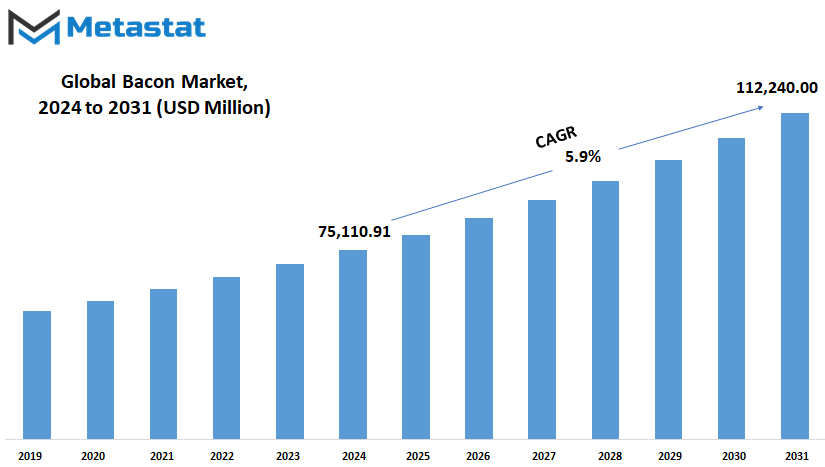
GROWTH FACTORS
The Global demand for bacon sees tremendous change as a result of the influence brought about by a change in the preference of consumer diet patterns. Bacon is versatile and flavorsome food and hence has long been part of most cuisines. Popularity of this product cut across cultures and boundaries and hence had strong demand among households, restaurants and in food processing. However in the course of evolution various factors are coming as an influencer in affecting growth patterns both the challenges and the opportunities.
The most prominent growth driver in the global bacon market is increasing demand for convenient, ready-to-cook food products. With continued changes in consumer behavior due to urbanization and hectic lifestyles, many look for quick meal solutions that are not at the cost of taste and quality. Bacon perfectly fits the need, since it has a very rich flavor profile and is relatively easy to prepare. Another factor that increases demand and thereby introduces bacon into areas where it was less prevalent before is the growing demand for Western diets in emerging economies.
The health-conscious consumer segment is widely driving innovation in the bacon market. Healthier alternatives about lower sodium or nitrate-free bacon have grown in popularity in the market. Producers will be more keen to develop the products to answer the demands that will not affect their taste, contributing further growth in the market as part of the well-being-oriented trend in food.
However, the market has a few challenges that may challenge its growth. Among them is the concern that meat production creates environmental degradation, which calls for more sustainable ways. This has seen some consumers think twice before they consume meat products. Changes in raw material prices and growing awareness of plant-based alternatives have presented a significant threat to the production of bacon traditionally. All this calls for strategy to sustain the growth.
With the challenges stated, an international market in bacon that has much room for innovation and diversification awaits. Developments on food processing and packaging will keep on improving shelf life and quality, hence further penetrating the marketplace. Premiumization is a definite forward trend, where the consumer is ready to pay more for better quality and production conditions, presenting glorious opportunities for producers looking toward niche markets.
The global bacon market will continue to grow steadily into the future. All the challenges can be overcome with proper handling of sustainability issues and embracing healthy innovations, and the market will have a good chance of success, with bacon remaining a favorite in the future.
MARKET SEGMENTATION
By Type
The global bacon market is expected to experience significant growth in the future years, owing to changing consumer preferences and food processing technology improvements. Bacon remains a staple in most homes, ensuring its continued relevance throughout a broad range of cuisines in terms of convenience, versatility, and flavor. It can be classified into two broad categories: standard bacon and ready-to-eat bacon. Standard bacon is expected to reach USD 45,885.56 million in 2024. Ready-to-eat bacon will reach USD 29,225.35 million. These indicate surging demands for bacon products and call attention to the demand of accommodating various consumer requirements. With busy lifestyles, the popularity of ready-to-eat bacon will increase as well.
This category presents an appealing solution for individuals requiring fast, tasty meal choices that do not involve the tedium of conventional cooking. It is a very attractive option for families and individuals who lead busy lives in urban centers. Furthermore, advanced packaging and preservation techniques have increased the shelf life and quality of ready-to-eat bacon, making it an even more attractive option. This is changing the behavior of the consumers: the consumer can easily give away the taste without practicality. However, the staple of most of the recipes and applications remains to be standard bacon. From the morning breakfast plate to a gourmet recipe, standard bacon endures on the palate for its rich flavor profile as well as flexibility in any preparation.
Traditionally cooked applications also gain increasing attention due to higher consumer interest, along with desire to try old recipes. As food culture continues to evolve, traditional bacon endures as the best classic option for people who demand realness and creativity in cooking. As the future unfolds, the global bacon market will further fragment. Manufacturers will increasingly focus on healthier products and sustainable production methods. Efforts to create leaner versions and to produce organic or nitrate-free varieties are reflective of the growing health concerns among consumers.
In addition to this, further progress with technologies related to plant-based bacon may lead to alternative bacon products for vegan and vegetarian consumers. This forward-looking approach aligns perfectly with the overarching trend of inclusivity and environmental responsibility. In conclusion, the global bacon market is on an upward trajectory, driven by both traditional and innovative segments. With strong market value projections and capabilities for future developments, the industry is well-positioned to meet the evolving demands of consumers worldwide, blending tradition with modern convenience.
By Source
Global changes will hit the market in the future with bacon. Such changes occur with consumer preference changes, changing diet trends, and advanced food production technology. Even now, bacon continues to be a highly favorite product because of its savory flavor, among other benefits for high versatility and a prominent position in several cuisines of the world. The market is diversifying with a change in health consciousness and the growing demand for alternative sources of protein.
Bacon is predominantly made from pork because of its flavor profile and the availability of the raw material. For most households and food establishments, pork bacon is a staple as consumers like the taste of pork, which is full-bodied and smoky. Currently, markets are flooded by alternative sources of bacon, for example, beef, turkey, and chicken that have their various benefits and preferences for particular diet needs. However, beef bacon is attractive because those who are fond of red meat can obtain a crispy feel and a great flavor. And turkey and chicken bacon are beginning to be popularly consumed by fitness enthusiasts and weight watchers who cannot compromise on their taste buds' satisfaction.
Food processing and preservation have continued to evolve towards improving the quality and diversity of bacon. These developments range from reducing the content of sodium used in producing bacons to embracing organic and nitrate-free forms of this staple meat, hence significantly improving its nutrition profile. The changing preferences among generations for healthy choices, which mostly target younger adults, emphasize well-being and environmental sustenance in consumption, thereby enhancing innovation in such an area.
Therefore, the consumption patterns have further fueled this global bacon market. Modern life has grown busier, and thus, the demand for convenient, ready-to-cook bacon products has increased. Moreover, the increasing fast-food chains and the presence of more bacon-based food items in the restaurants are also contributing to the steady growth of this market segment. This trend towards plant-based diets has also given rise to meatless bacon alternatives for vegetarians and vegans who want to have similar flavors and textures without consuming animal products.
The global market for bacon will become even more dynamic in the future as it evolves and changes with trends. The market will cater to a very wide variety of consumer preferences as it continues to be a food loved by all across cultures, whether due to innovative sourcing, enhanced health benefits, or sustainable practices. Exciting times await how bacon evolves to offer something for everyone in an increasingly diverse food landscape.
By Nature
The Global Bacon Market evolves, fueled by consumer preferences, dietary trends, and advancements in food production. Bacon has long been held dear as a versatile food; it’s getting an even greater position in the world’s menu today. Its popularity transcends cultures, increasing both in developing and already established markets. Bacon is experiencing a change of lifestyle and consumption habits, where the bacon market tries to align with the changes of the society, providing varied options to meet the consumptive needs of the consumers.
The global bacon market is characterized by the distinction between organic and conventional products. The health-consciousness and awareness of the environment make organic bacon emerge as the most sought-after product in the market. Organic bacon is made without synthetic pesticides, hormones, or genetically modified organisms, giving preference to this bacon by consumers who prefer fresh and pure food from nature. Organic bacon is certainly more expensive; however, growing demand indicates a willingness to spend on quality and sustainability.
The popularity of traditional bacon remains as it is significantly cheaper and ubiquitous, appealing to the masses in search of comfortable, affordable, and familiar tastes. This blend of old school and health-conscious consumers reflects the complexity of the bacon market.
The global bacon market is going to expand even further in the years to come with innovations and new advancements in technology. Manufacturers are currently looking into producing more efficiently but not compromising the quality of it. Techniques involving precision farming will be employed together with enhanced ways of packaging products that would stay fresh for more extended periods, catering to an ever-increasing population. To top it off, plant-based alternatives have helped open new venues within the industry. Plant-based bacon products cater to vegetarians, vegans, and flexitarians, demonstrating how the market is evolving to serve a broader audience.
Regional differences also have a significant impact on the global bacon market. There are different preferences for taste, preparation, and even the cut of meat used. For example, some like streaky bacon, while others prefer leaner cuts. Such regional differences only show how versatile the product of bacon is in fitting into diverse culinary traditions.
The future of global bacon is more about striking that balance between innovation and tradition, be it going green in how the farms get operated, moving towards healthier product lines, or simply keeping abreast with trends in dietary lifestyles. This has made the business a dynamic sphere of change at the heart of how food can be produced, ensuring bacon finds its place once again for all generations to love.
By Distribution Channel
The Global Bacon Market is expected to witness a great transformation as the preference and purchasing patterns of consumers keep changing. Bacon, for so long loved for its versatility and flavor, has become a part of kitchens across the globe. However, the way people consume this product is changing at a rapid pace. The industry is responding to these changes by adapting to distribution channels such as hypermarkets, supermarkets, specialty stores, online retail platforms, and other channels.
Hypermarkets and supermarkets are likely to continue dominating the bacon market. These stores are convenient and have a wide choice, which means that most consumers prefer them for shopping. In addition, this convenience of being able to shop for bacon as well as other grocery items attracts busy families and individuals. Such chains are probably likely to continue the innovation with different types of bacons, organic low-sodium flavor, etcetera. Their future also depends on offering locally available items for sale. Since the taste varies from region to region, so does the food product that fits each consumer's requirement of regional preferences.
Specialty stores play an important role in the global bacon market, where convenience is often sacrificed for quality and uniqueness. Artisanal or premium bacon from specialty stores caters to a niche but growing segment of the market. The more that people care about where their food comes from and how it was prepared, the more likely specialty stores are to flourish on transparency, sustainability, and craftsmanship. This trend indicates that there will be a rise in demand for high-quality, curated bacon products in the coming years.
Online retail stores are game-changers in the bacon market. Technological advancement and changes in consumer behavior have accelerated the shift toward e-commerce. Customers can browse through numerous options, compare prices, and read reviews with just a few clicks. The ease of access and the availability of specialty products not locally available would make online shopping appealing. Future prospects may also include augmented reality tools or virtual consultations to be included in the online platforms to further enhance shopping experience. The bacon subscription services delivered directly to the customers' doorsteps might become popular because they would value consistency and convenience.
The diversity of the global bacon market in terms of distribution channels means that it will be able to adapt to shifting consumer needs all over the world. With this, the industry is well-equipped to sustain growth and innovation within a rapidly changing landscape.
|
Forecast Period |
2024-2031 |
|
Market Size in 2024 |
$75,110.91 million |
|
Market Size by 2031 |
$112,240.00 Million |
|
Growth Rate from 2024 to 2031 |
5.9% |
|
Base Year |
2022 |
|
Regions Covered |
North America, Europe, Asia-Pacific Green, South America, Middle East & Africa |
REGIONAL ANALYSIS
The global market for bacon is a comprehensive industry, providing the demand across various regions of the world that might be diversified but growing continuously. This market has grown rapidly because of its extensive popularity and versatility in different applications in the culinary space. Consumer preferences continue to evolve, making regional dynamics of the bacon market highly relevant to trends and opportunities offered for players in this industry.
North America is positioned as the global leader in bacon market demand, primarily due to the enduring popularity of bacon in the United States, Canada, and Mexico. In this category, the U.S. is the leader in demand, as bacon has been integrated into nearly every breakfast meal and is one of the top-ten additives to most cuisines. Innovations in flavor profiles and a focus on convenience-oriented packaging sustain demand. The Canadian market also exhibits robust consumption patterns, while Mexico shows potential growth as dietary habits adapt to global food trends.
Europe is also a large bacon market and reflects traditional gastronomic history of the continent. UK, Germany, France, and Italy represent distinct consumption patterns often influenced by recipes and regional food culture. There is a rising trend toward premium and organic bacon products which reflect a desire for healthier food options among the consumer. Innovation in this segment is likely to promote demand for better bacon products.
In Asia-Pacific, the bacon market is on the roll, especially in China, Japan, South Korea, and India. The growing rate of urbanization and the changing lifestyle patterns have led to a high adoption of Western food products, like bacon. In China, it has a big population and is emerging as an economy with the middle class in huge numbers. Japan and South Korea have traditional food habits blended with modernity, and there is both usage of bacon in local food as well as fusion food.
South America comprising countries such as Brazil, Argentina and other regional countries presents a maturing market for the taste of bacon. With the rise in consumer's income and influence of Western food habits, the region is witnessing growing consumption of processed meat-based items, such as bacon items. Regionally, Middle East & Africa, which comprises GCC countries, Egypt, South Africa, and other regions, looks promising. While bacon is less culturally and dietarily allowed in some of this region, the market responds through innovation, including turkey and plant-based alternatives to bacon.
The global bacon market is anticipated to continue its growth into the future, with consumer preferences changing, technological advances in food production, and the increased focus on convenience and quality. Regional analysis provides insight to the varied opportunities available in each region, thus opening the door for further innovation and market growth.
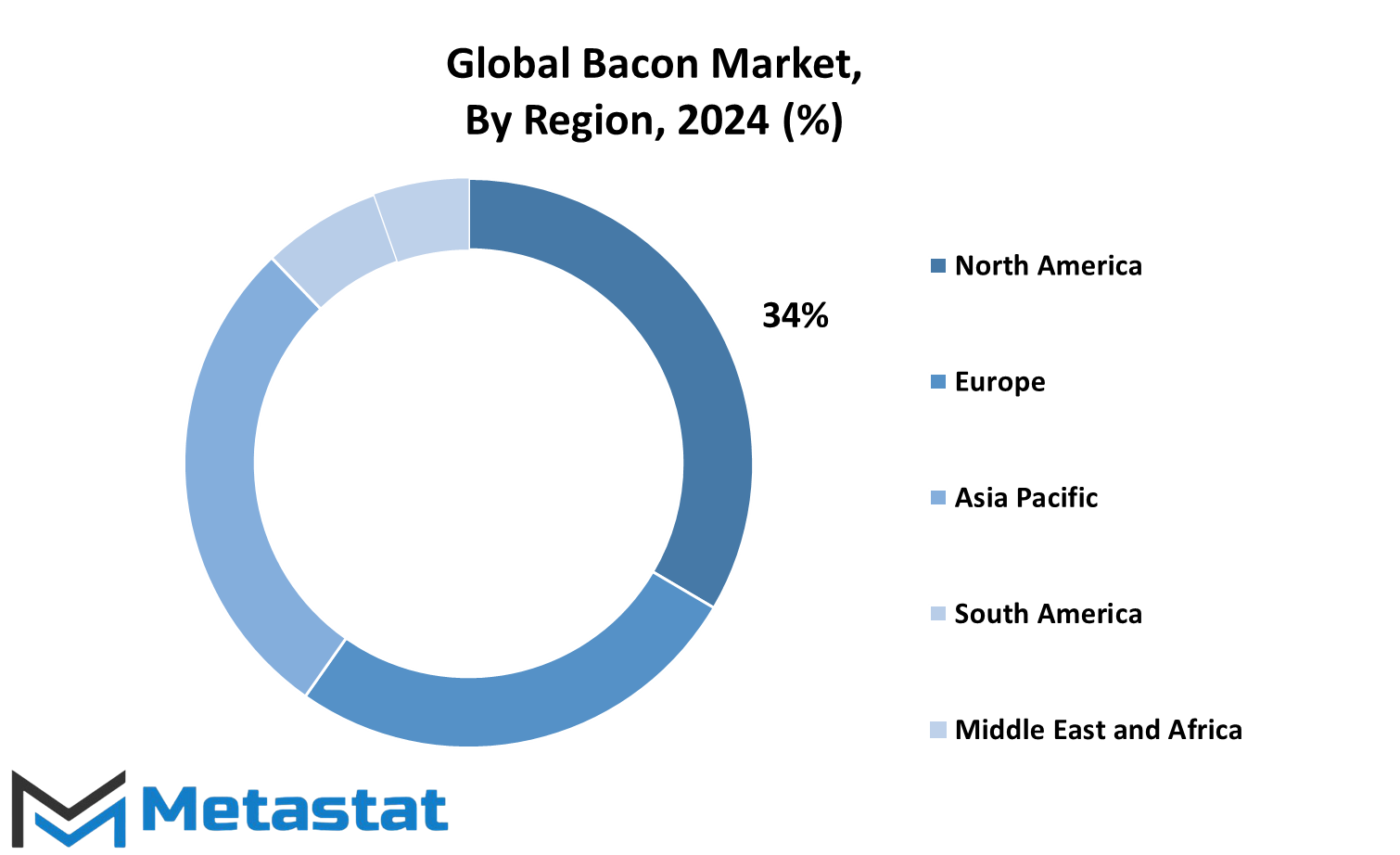
COMPETITIVE PLAYERS
The Global Bacon Market remains a hot topic as consumer demand for protein-rich, savory food products continues to grow. Bacon has become a staple across cultures, enjoyed for its versatility and rich flavor. It has been a staple on the traditional breakfast table for years but has evolved into a staple in snacks, entrees, and even desserts. Therefore, the market is seeing tremendous growth as major players compete actively to enhance their presence and fulfill the needs of changing consumers.
A strong driver for the global bacon market is the competitive landscape formed by key players. Some of the major players have been recognized in the industry, including Hormel Foods Corporation, Smithfield Foods, Inc., and Tyson Foods, Inc. Among others, these brands have invested much in product innovation and marketing strategies, targeting the wide range of consumers who may want premium, organic, or plant-based options. Newer entrants and smaller producers such as Pederson's Natural Farms and Beeler's Pure Pork look to make their mark through unique, ethically sourced, or specialty products.
The role of technology and changing consumer habits cannot be ignored when considering the future of the global bacon market. Digital tools have enhanced transparency in sourcing and production processes, enabling consumers to make informed choices. Furthermore, companies, such as Maple Leaf Foods Inc. and Applegate Farms, LLC, promote their product line using sustainability and healthy approaches-a dimension that falls well within an emerging segment in society that care about the future environment and wellbeing of the public. It is from such moves that may bring a difference in responsible consumption of products across markets in future.
Another area of growth is geographic expansion, where many competitors continue to expand into new regions. Danish Crown and Vion Food Group are examples of companies that are using international trade to enter new markets for bacon, creating a global footprint. Changing lifestyles and urbanization in many developing countries are creating demand for convenient, ready-to-cook products. This bodes well for bacon as an easy solution for consumers looking for quick yet flavorful meals.
The world bacon market is bound to expand with innovation, sustainability, and strategic competition remaining the core themes. Companies that have been able to adapt to new preferences and challenges are expected to do most of the shaping in the future of the industry to ensure bacon stays in the center of plates all around the world.
Bacon Market Key Segments:
By Type
- Standard Bacon
- Ready-to-eat Bacon
By Source
- Pork
- Beef
- Turkey
- Chicken
By Nature
- Organic
- Conventional
By Distribution Channel
- Hypermarket/Supermarket
- Specialty Stores
- Online Retail Stores
- Others
Key Global Bacon Industry Players
- Hormel Foods Corporation
- Smithfield Foods, Inc.
- Oscar Mayer
- Tyson Foods, Inc.
- Fresh Mark Inc.
- Maple Leaf Foods Inc.
- Conagra Brands, Inc.
- Heritage Bacon
- Danish Crown
- Jones Dairy Farm
- Karro Food Group
- Applegate Farms, LLC
- Hempler Foods Group
- Clemens Food Group
- Pederson’s Natural Farms
- Vion Food Group
- Beeler’s Pure Pork
- Farmer John
- Cornish Farmhouse Bacon Co.
- Farmland Foods; Inc.
WHAT REPORT PROVIDES
- Full in-depth analysis of the parent Industry
- Important changes in market and its dynamics
- Segmentation details of the market
- Former, on-going, and projected market analysis in terms of volume and value
- Assessment of niche industry developments
- Market share analysis
- Key strategies of major players
- Emerging segments and regional growth potential




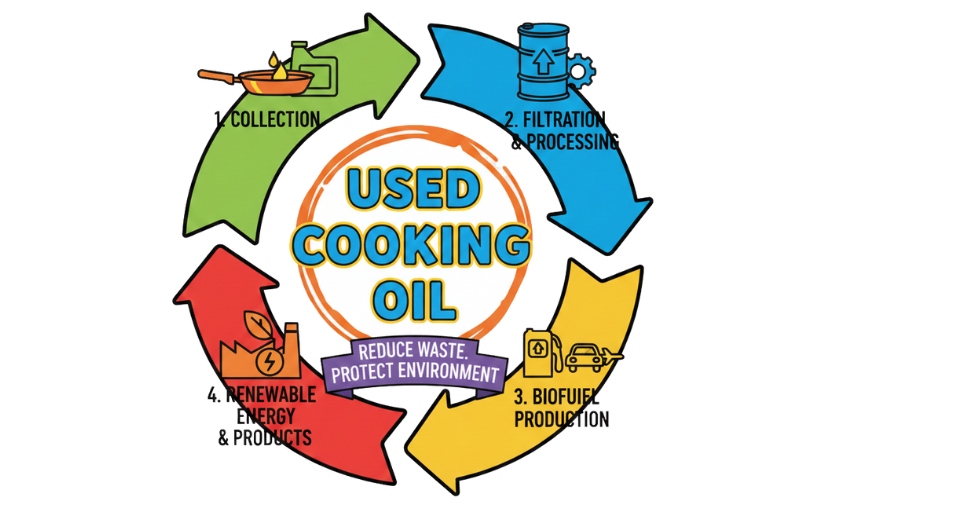
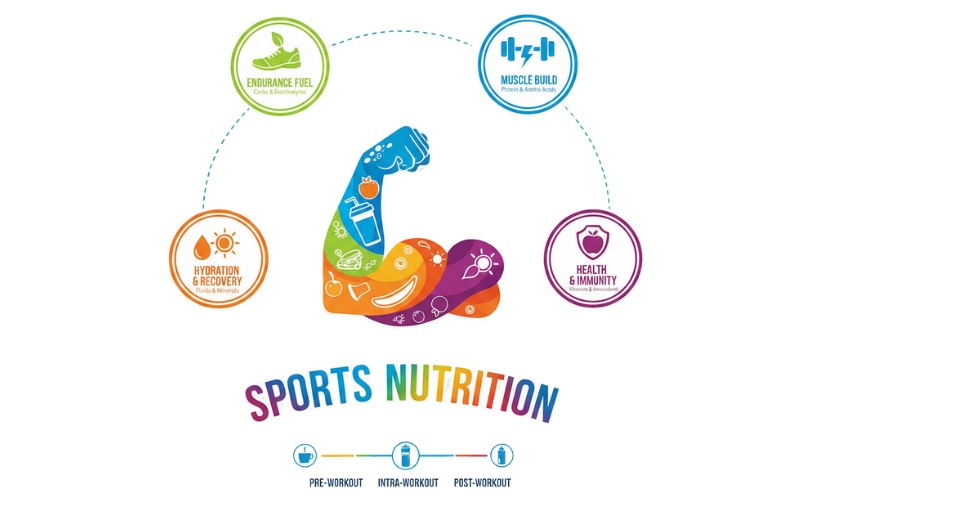
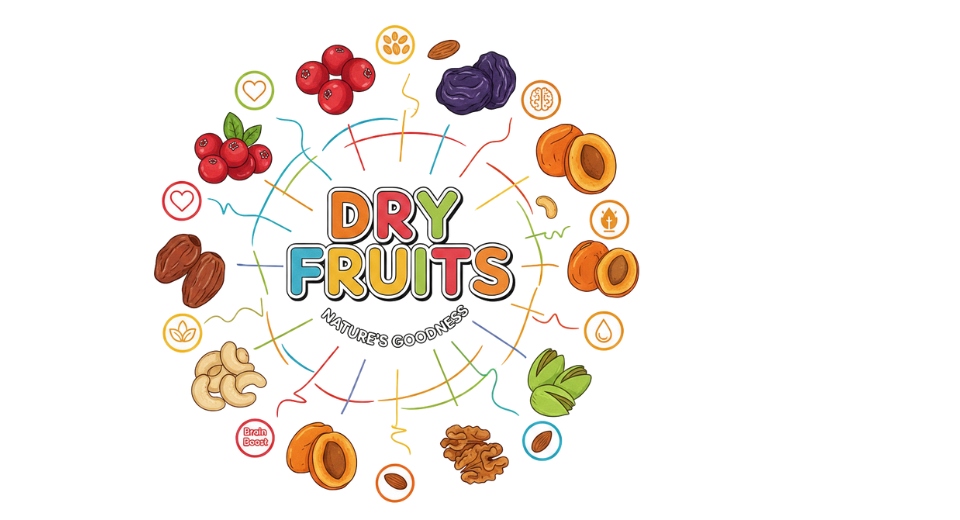

 US: +1 3023308252
US: +1 3023308252






